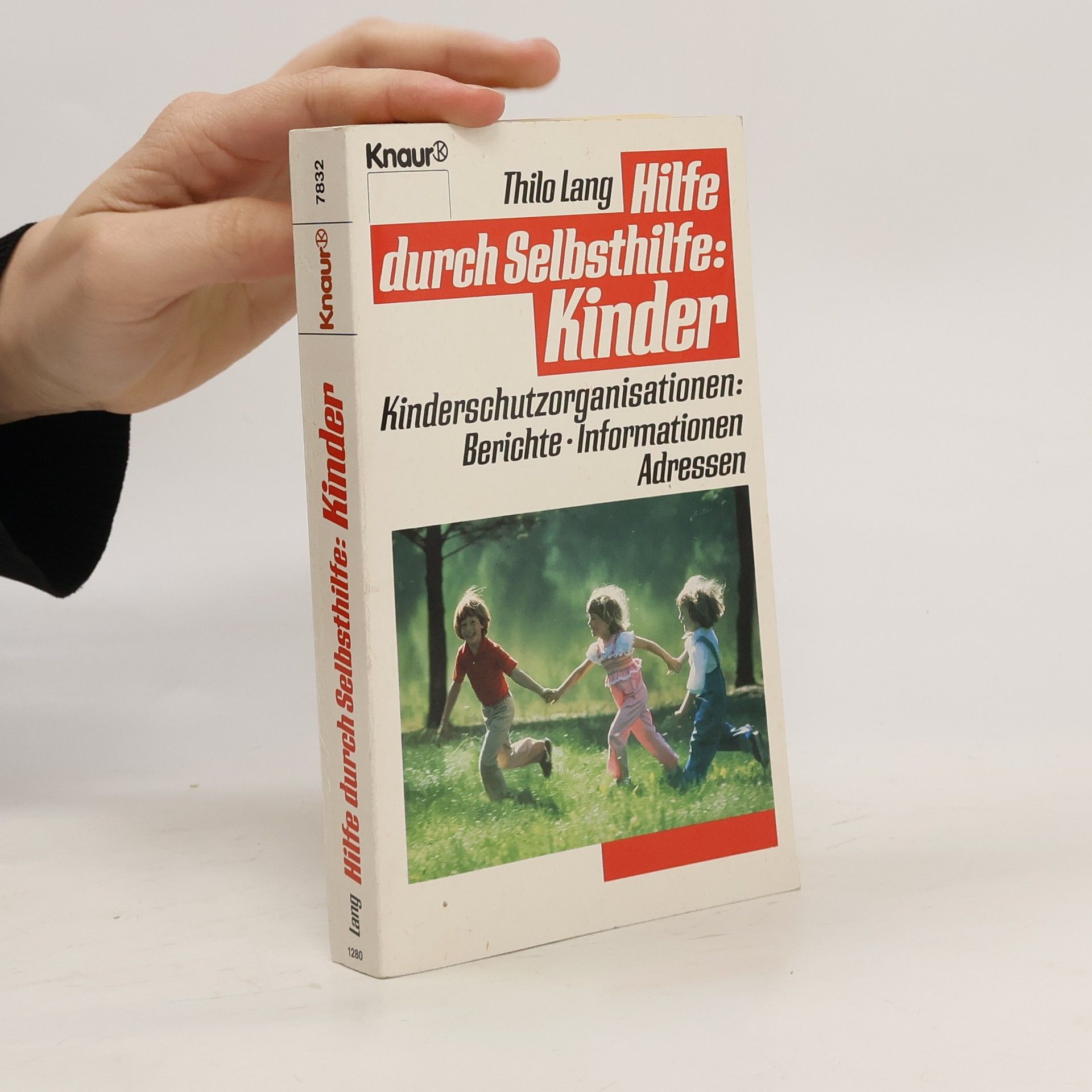Forum ifl 23 präsentiert aktuelle Befunde zum Thema Rückwanderung in Mittel- und Osteuropa, welche im Rahmen des transnationalen Forschungsprojektes ‚Re-Turn‘ zutage getreten sind. Auf der einen Seite werden die Ergebnisse einer Online-Befragung sowohl von Abgewanderten als auch von Zurückgekehrten vergleichend dargelegt; Im Fokus stehen u. a. Merkmale der Migranten, ihre Motive zur (Rück-) Wanderung und verschiedene Aspekte der Beschäftigungssituation. Auf der anderen Seite werden die Ergebnisse einer Unternehmensbefragung thematisiert. Die Schwerpunkte liegen dabei auf der Perspektive wirtschaftlicher Akteure hinsichtlich der Relevanz, der Barrieren und dem Mehrwert von Rückwanderern für die Unternehmens- wie auch der Regionalentwicklung.
Thilo Lang Livres






After 1989 Central and Eastern Europe (CEE) has gone through important political, economic and social changes. The entry of many CEE countries to the European Union during the first decade of the 21st century enhances the European integration. Joining the EU accelerated economic growth of these countries and opened work migration flows, mainly from Central Europe to North-Western Europe. Economically motivated migration of in particular young and well educated people from the New Member States to high-income countries is currently dominating international migration flows in Europe thanks to the free right to work in any other EU Member State (DROBHLAV et al. 2009; MARTIN & RADU 2011). This process generates new challenges in territorial development. On the one hand, the ratio of foreigners dramatically increased in some of the core regions; on the other hand, regions affected by emigration faced serious demographic consequences. Migration, both extra-European and intra-European, has a significant impact on the demographic and labour force development of regions. Advanced regions normally benefit from migration, whereas poorer regions suffer from it. In addition to its impact on the labour market, migration reduces ageing in affluent regions and increases it in poor ones (ESPON 2010a). In this respect we can identify core regions and crisis regions of migration within Europe.
This work explores the socio-economic regeneration of small and medium-sized towns in the Baltic Sea region, focusing on local economic development outside major urban agglomerations. It begins with an introduction that outlines the scope and methodology, followed by a theoretical background discussing socio-economic transformation, urban decline, and institutional change. The text presents case studies highlighting socio-economic development in various contexts, including economic and population development, and registered unemployment. Specific local responses to economic transformation are examined through examples from Jüterbog, Nakskov, Lappeenranta, Sillamäe, and Kuldiga, detailing core regeneration projects such as unemployment services and business incubators. The findings emphasize common challenges faced by these towns and their distinct responses, offering strategic recommendations for local socio-economic regeneration and advocating for supportive national and EU policies. Additionally, the work addresses cultural policy and urban development, analyzing local cultural strategies in Germany, Latvia, Finland, and Denmark, and their impact on historic town centers and industrial towns. Each case study provides insights into the challenges and successes of cultural policy in urban renewal, culminating in conclusions that highlight the importance of leveraging cultural heritage for development. The text is supported by
Dieser Band hinterfragt die Zusammenhänge von Innovation und Raum und beleuchtet verschiedene Phänomene, die im Begriff der Innovationsräume angelegt sind. Der Begriff wird multi-skalar verwendet und umfasst Labore, Werkstätten, Räume gemeinschaftlichen Lernens, Hochschulen, Forschungsinstitutionen, Gründerzentren, Technologieparks sowie regionale Wirtschaftscluster und Großstadtregionen. Es wird impliziert, dass bestimmte Räume Innovationen begünstigen, während andere dies nicht tun. Allerdings sind Innovationen nicht nur von räumlichen Kontextbedingungen abhängig, sondern auch von den Akteuren in diesen Räumen und ihren sozialen Praktiken, die unterschiedliche Voraussetzungen für Innovationen schaffen. Diese territoriale Fixierung wird als problematisch erachtet, da sie in einer international vernetzten Welt klar abgrenzbare Räume ins Zentrum stellt. Der Band zielt darauf ab, diese Sichtweise zu hinterfragen und aus der Perspektive der relationalen Wirtschaftsgeographie zu diskutieren, ob und welche Eigenschaften innovative Räume haben können. Zudem werden neuere Konzeptualisierungen von Innovation als dynamischen, nicht territorial gefassten Prozess präsentiert und alternative Formen von Nähe und Distanz in Innovationsprozessen thematisiert, die bisher wenig Beachtung fanden. Eine reich illustrierte Grafikstrecke unterstützt die Argumentation und dient als separater Einstieg ins Thema.
